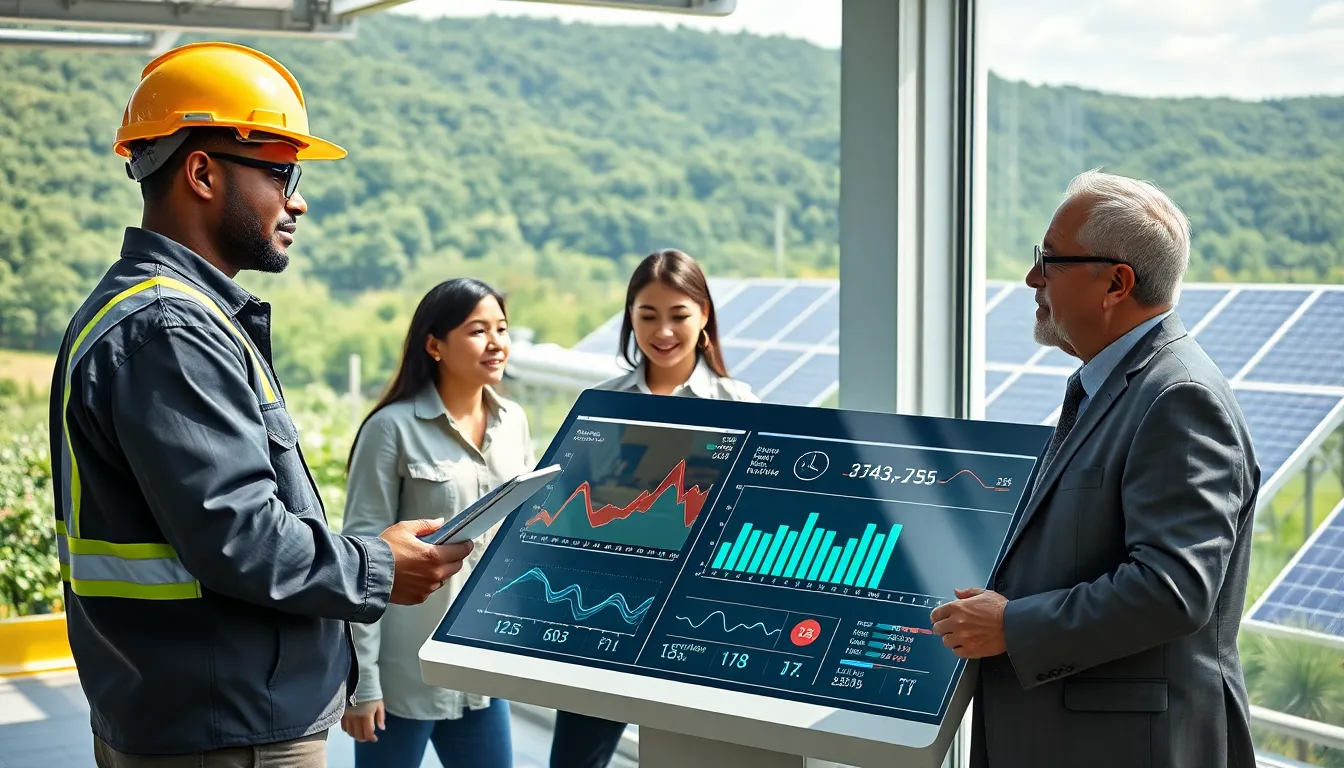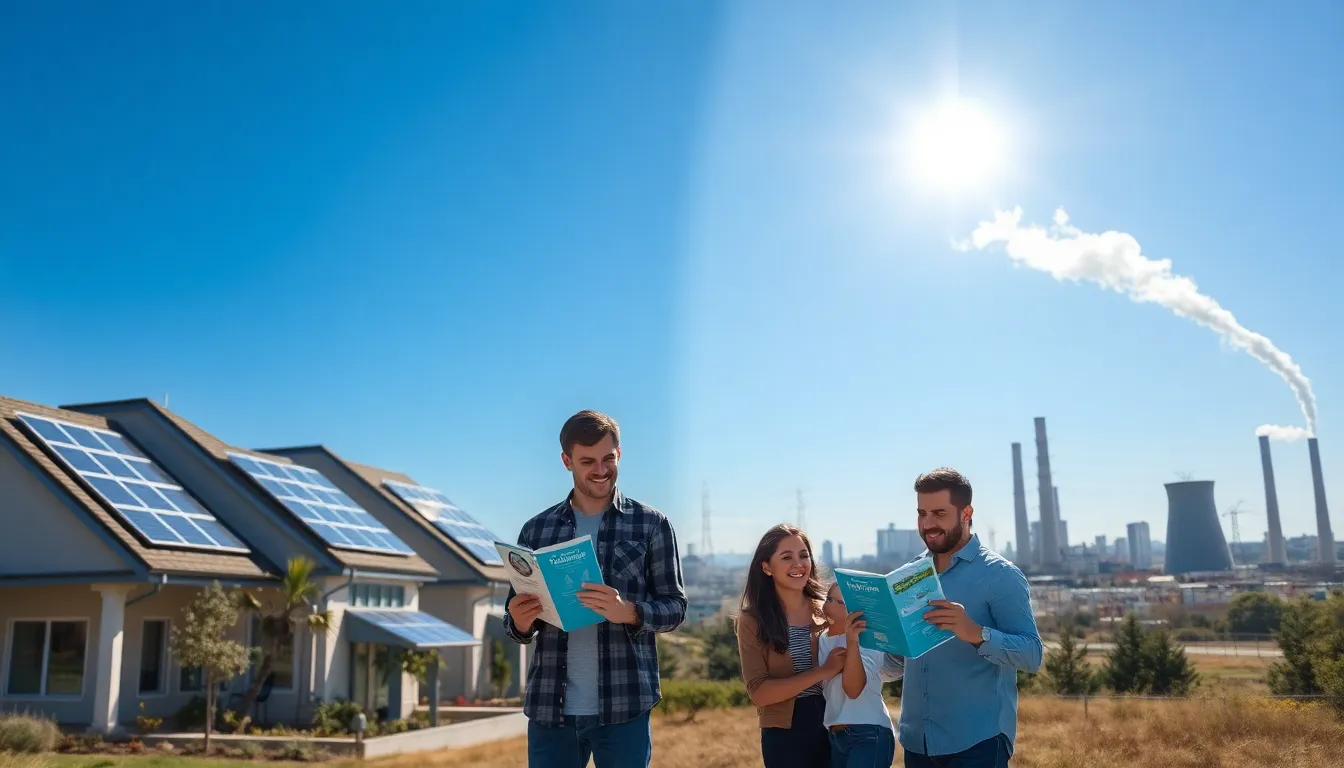In today’s rapidly advancing world, understanding power solutions is more critical than ever. With an ever-growing demand for energy, selecting the right power source can significantly impact both efficiency and sustainability. LotsOfPower.net serves as a comprehensive resource, catering to varied needs and preferences. This guide will dissect various aspects of power solutions, providing insights into different power types, advantages, considerations, and how to make informed decisions for your specific energy needs.
Table of Contents
ToggleUnderstanding Power Solutions

Power solutions refer to the methods and systems used to generate, distribute, and use electrical energy. As the backbone of modern infrastructure, power systems must be reliable, efficient, and adaptable to changing demands. In an era where energy resources are limited and environmental concerns are heightened, the need for optimized power solutions has become paramount. This involves a deeper understanding of different energy sources, their efficiencies, and potential applications in various sectors.
Types of Power Sources
Power sources can be broadly categorized into conventional and alternative forms. Conventional sources, such as fossil fuels, have traditionally dominated the energy market but come with significant environmental drawbacks. Alternative sources, including solar, wind, and hydropower, are gaining momentum as sustainable options.
Conventional Power Sources
Conventional sources of energy predominantly include:
- Coal: A fossil fuel that is abundant but a major contributor to greenhouse gas emissions.
- Natural Gas: Cleaner than coal but still emits CO2.
- Nuclear: Offers a high energy output with low emissions but poses safety concerns.
Alternative Power Sources
In contrast, alternative sources are becoming increasingly vital:
- Solar Power: Utilizes sunlight, widely adopted in both residential and commercial settings.
- Wind Power: Generated through wind turbines, ideal for large open spaces.
- Hydropower: Uses flowing water to generate electricity, often requiring significant infrastructure.
Renewable vs. Non-Renewable Energy
The distinction between renewable and non-renewable energy sources plays a fundamental role in shaping energy policies and market trends.
Renewable Energy
Renewable energy sources are naturally replenished, meaning they can be harnessed continuously without depleting their availability. Examples include:
- Solar, Wind, and Biomass
These sources are integral to achieving global sustainability goals and mitigating climate change.
Non-Renewable Energy
Non-renewable energy sources, on the other hand, are finite and will eventually deplete. They include:
- Fossil Fuels (Oil, Coal, and Natural Gas)
These sources currently dominate global energy consumption but pose severe environmental risks. The shift towards renewable energy is necessary to decrease reliance on these pollutants.
Power Solutions for Different Needs
Different sectors have varied power requirements, necessitating tailored solutions.
Residential Power Solutions
For residential customers, options like solar panels and energy-efficient appliances can reduce utility bills while promoting sustainability. Home batteries can store energy for nighttime use, maximizing solar investments.
Commercial Power Solutions
Businesses often require larger-scale power solutions. Energy management systems can analyze usage patterns, leading to reduced costs. Options such as solar energy contracts allow companies to procure energy without upfront investment.
Industrial Power Solutions
Industries typically rely on a stable and high-capacity energy supply. Solutions include on-site renewable energy installations and advanced grid systems that ensure constant energy flow, critical for heavy manufacturing or chemical processing.
How to Choose the Right Power Solution
Selecting the appropriate power solution requires careful consideration of various factors, including efficiency, environmental impact, and financial implications.
Evaluating Costs and Benefits
Assessing the total cost of ownership involves not just initial investments but also ongoing operational costs and potential savings over time. A thorough analysis can reveal long-term benefits even though higher initial costs for renewable systems, leading to substantial savings and environmental benefits down the line.
Finding Reliable Providers
In the quest for optimal power solutions, the choice of provider is crucial. Factors to consider include:
- Reputation: Look for providers with industry awards or certifications.
- Customer Reviews: Online testimonials provide insights into customer satisfaction.
- Service Range: Ensure they offer comprehensive support, from installation to maintenance.
Conclusion
Choosing the right power solution is pivotal for anyone looking to enhance efficiency and sustainability. With options ranging from renewable to conventional energy sources, informed decisions will lead to optimal outcomes. LotsOfPower.net provides the necessary insights and resources to guide individuals and businesses toward the best energy solutions tailored to their unique needs.



